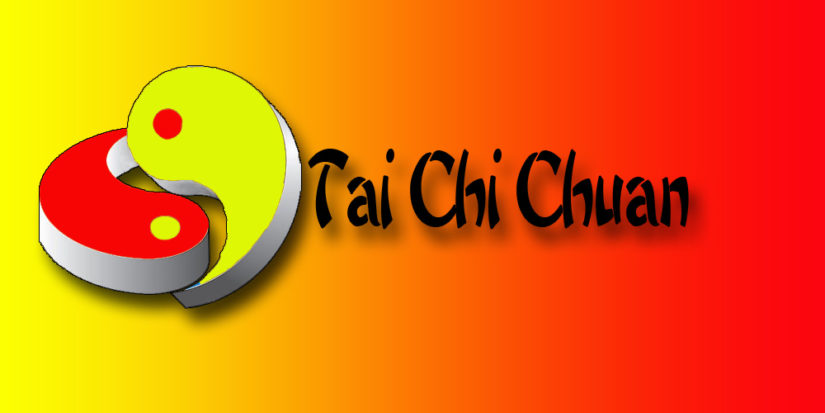Tai Chi Ch’uan

Tai Chi boxing is often called a secret art. Without proper training in theory and practice it is not possible to master the skill. Although the practice movements are soft and slow the actual use is hard and fast. The purpose of Tai Chi boxing is on the one hand to overcome an enemy, yet on the other it is used for meditation and healing. Tai Chi is considered an “internal art”.
Tai Chi Chuan is said to have been created by Chang San Feng in the twelfth Century.
The are 3 main styles of Internal Systems:
1) Tai Chi Chuan
2) Bagua
3) Hsing Yi
All three make up the complete circle of Internal Systems with Bagua working on the circle. Hsing Yi (mind form Boxing) focuses on the straight line. Tai Chi Chuan which combines both circle and straight lines.
A strong principle of Internal Arts is the Qigong training which develops the Chi (energy) and circulates it in the body.
There are several reasons for the spread of this art. The practice of Tai Chi Chuan helps to calm down the mind and relax the body. This is required for Health as well as Martial skill.Unfortunately, because of the Qigong Theory much of the Martial Theory is widely ignored. People that are familiar with the art today think that Tai Chi is not practical for self defense. This is because it requires much time and patience and most people are not willing to make the sacrifice.
The principles used in Tai Chi Chuan for fighting are quite different from the external styles (Shaolin Styles). Which emphasize muscular force. Tai Chi Chuan uses the soft over the hard. This boxing art is learned step by step to reach a high level of sensitivity to force.
There are 3 progressions in Tai Chi Chuan:
1) Form
2) Push Hands
3) Sword Form
At American Kenpo Karate & Shootfighting we teach Chen Man Ching’s 37 movement “short form” with the progression leading beyond the form to Push Hands practice and then to Sword Form.
This all leads to the most important element in an internal system; A knowledgeable instructor.
As the Tai Chi classics say!
“A Small misunderstanding will lead one many miles astray. Discriminate the truth with care.”
